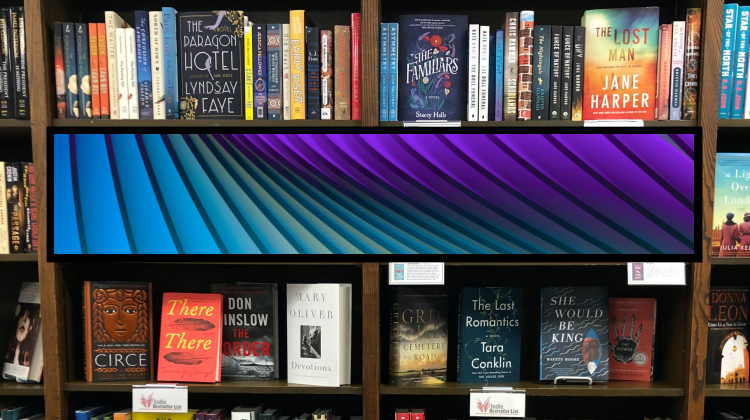
Ebooks are great, but browsing them is still not that great of an experience. People like to go to physical bookstores and libraries because they can browse the books using all of their senses, not just the visual sense. Even the visual sense in online bookstores is impaired—you only get scaled-down two-dimensional information through your browser screen. When you go to a bookstore in real life, you can see how big each book is, how thick they are, and how they look relative to other books in the same area.
A metaverse where you can browse books in three-dimensional virtual reality from the comfort of your home is coming… but it will probably be many years before it gets here. In the meantime, there will be intermediate technologies. One such intermediate technology that I’m proposing is a “virtual bookshelf.”
A virtual bookshelf is a long touch display panel extending across an entire library shelf. Available ebooks can be shown on the virtual bookshelf in the same way physical books are displayed (usually with the spine facing out). If you browse the virtual bookshelf you can look inside an ebook by touching its spine. When you touch the spine of an ebook on the virtual bookshelf, an animation is shown of the book sliding out and opening so you can flip through it. If you want to check the book out of the library, you can touch a “checkout” icon and scan your library card at the virtual bookshelf. The ebook will become viewable from your devices.
Leave a Reply